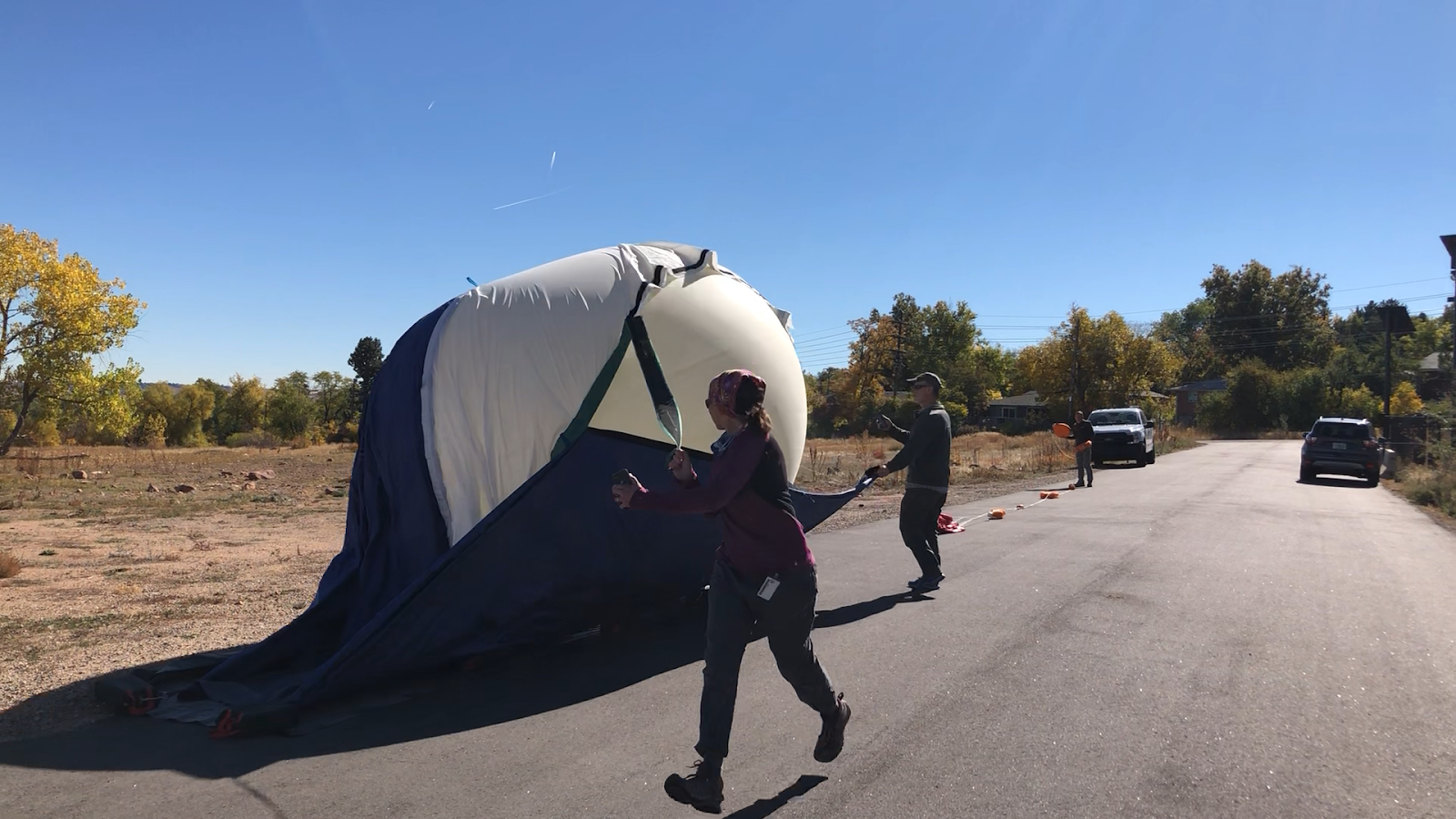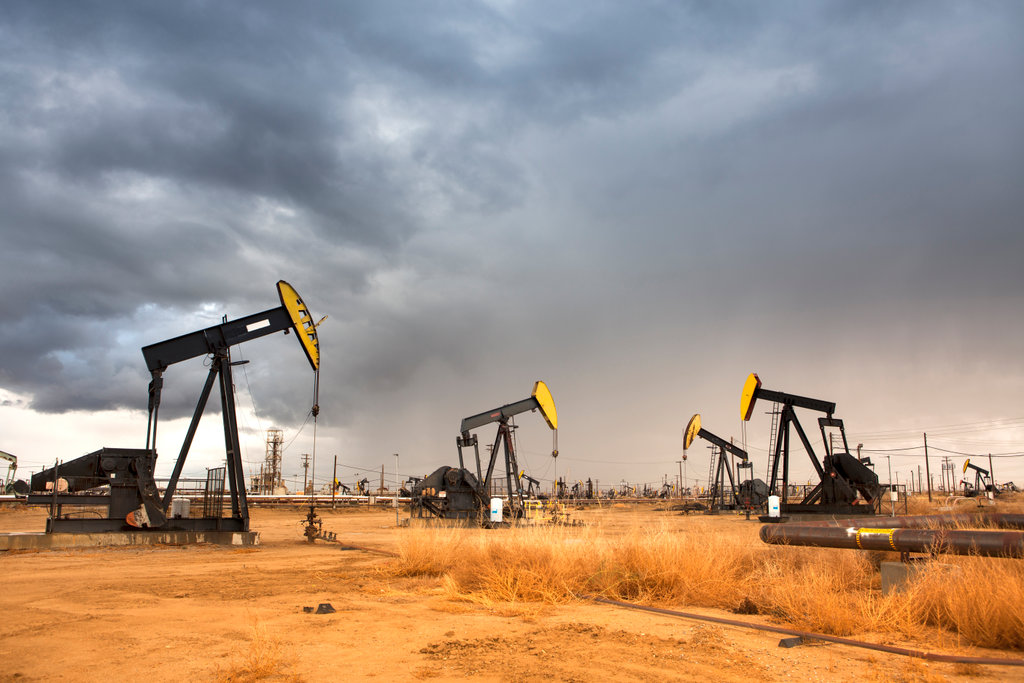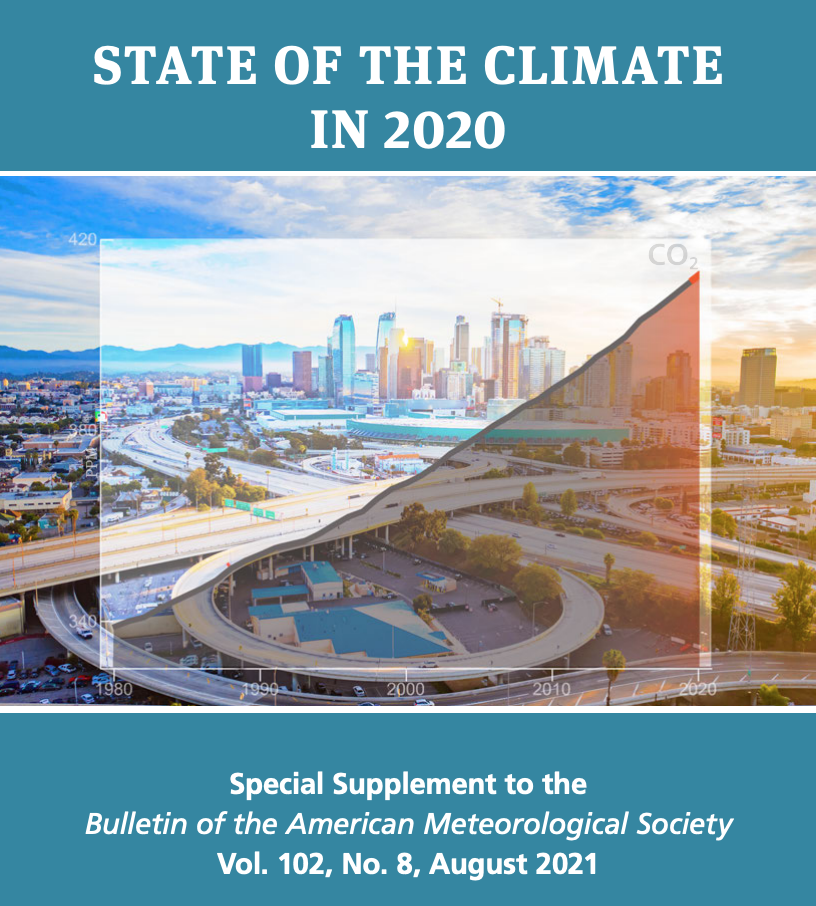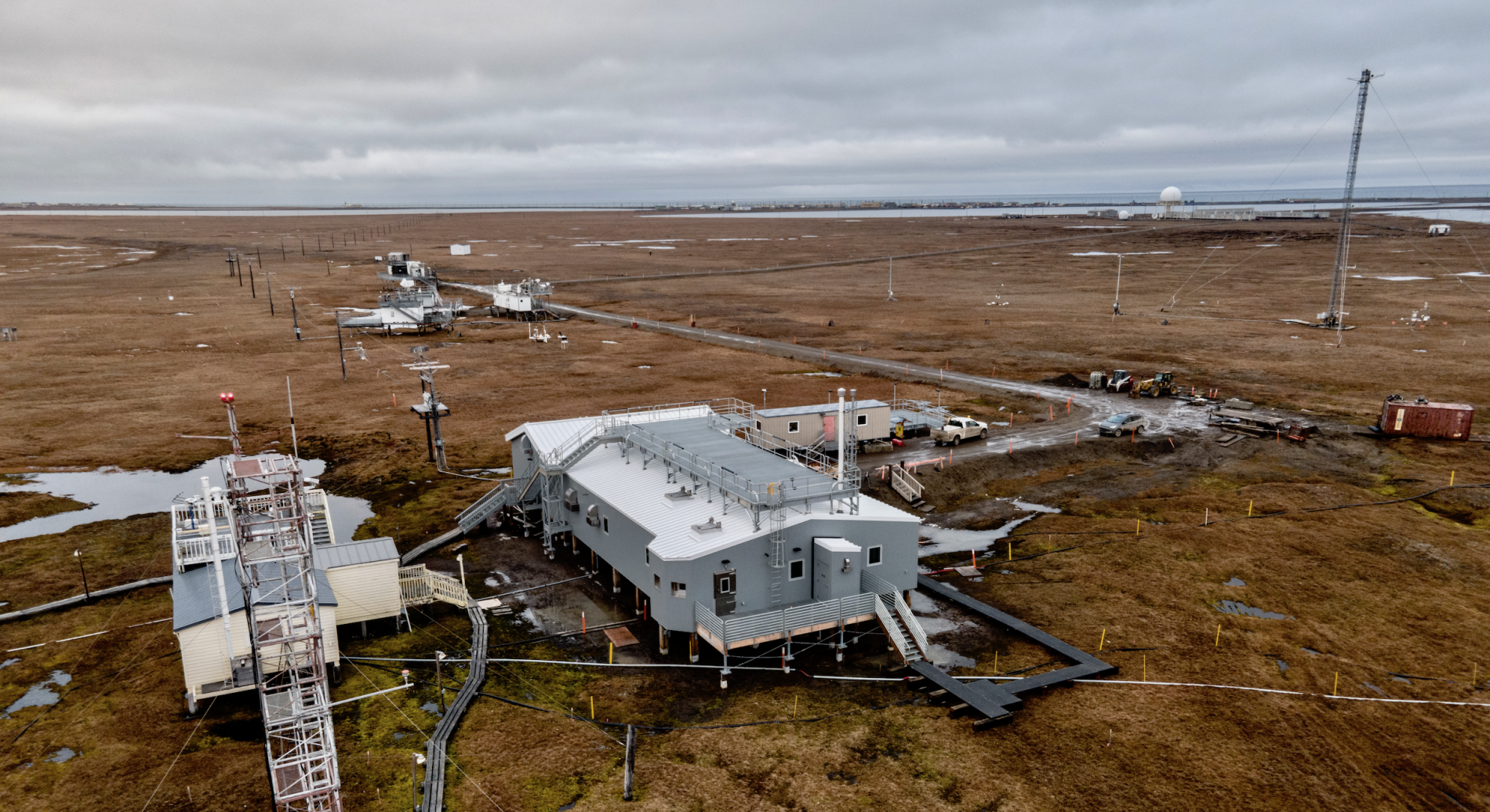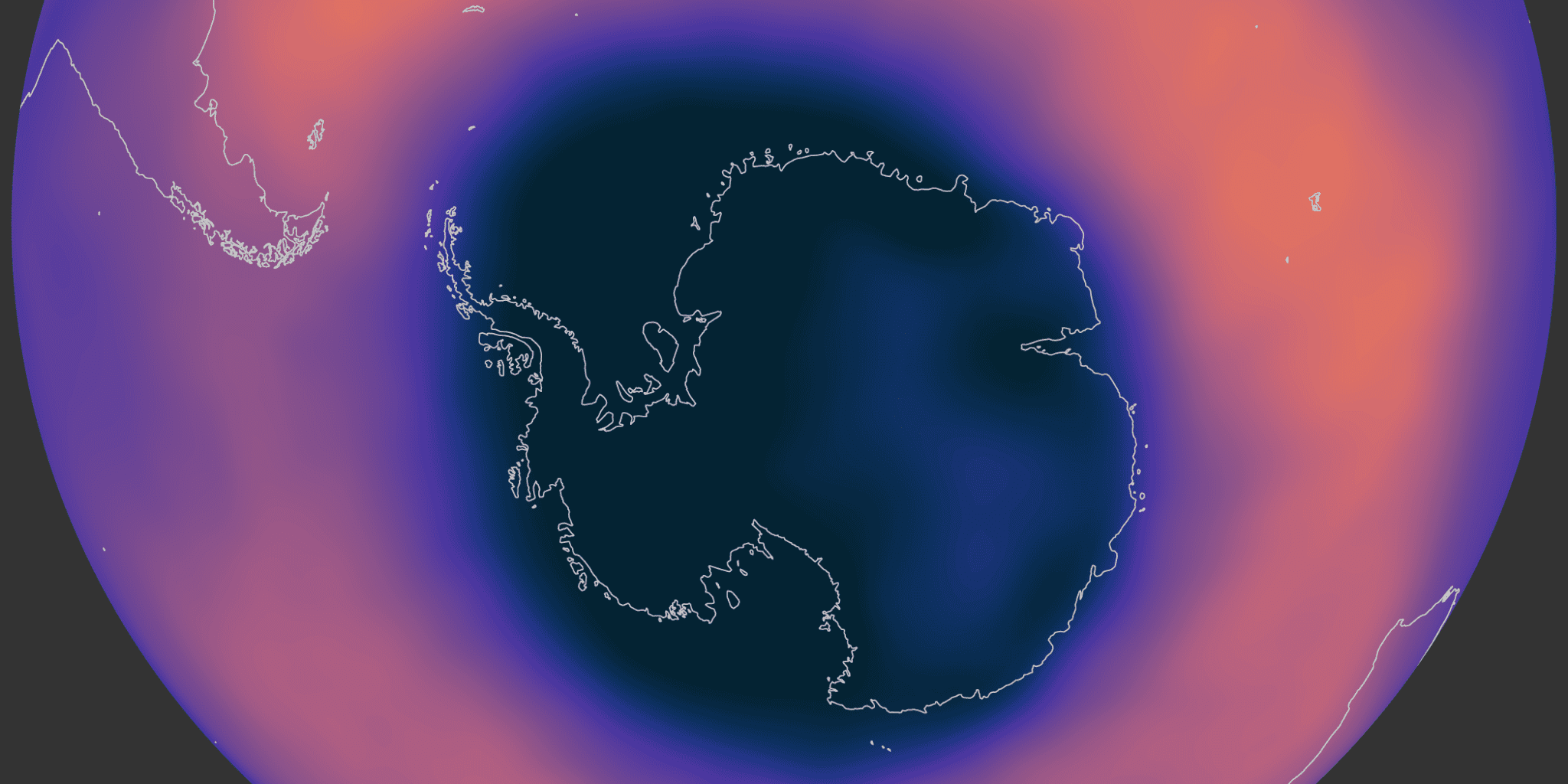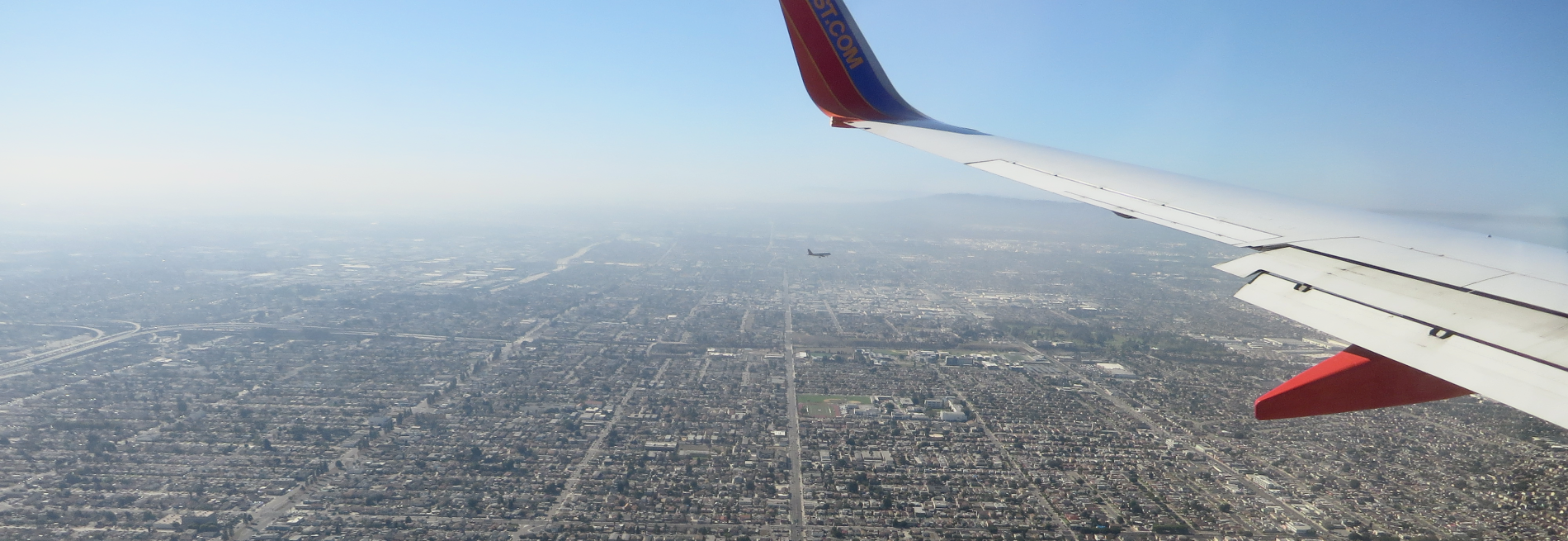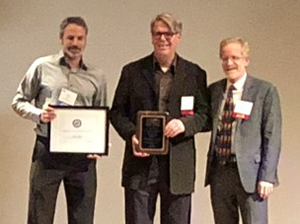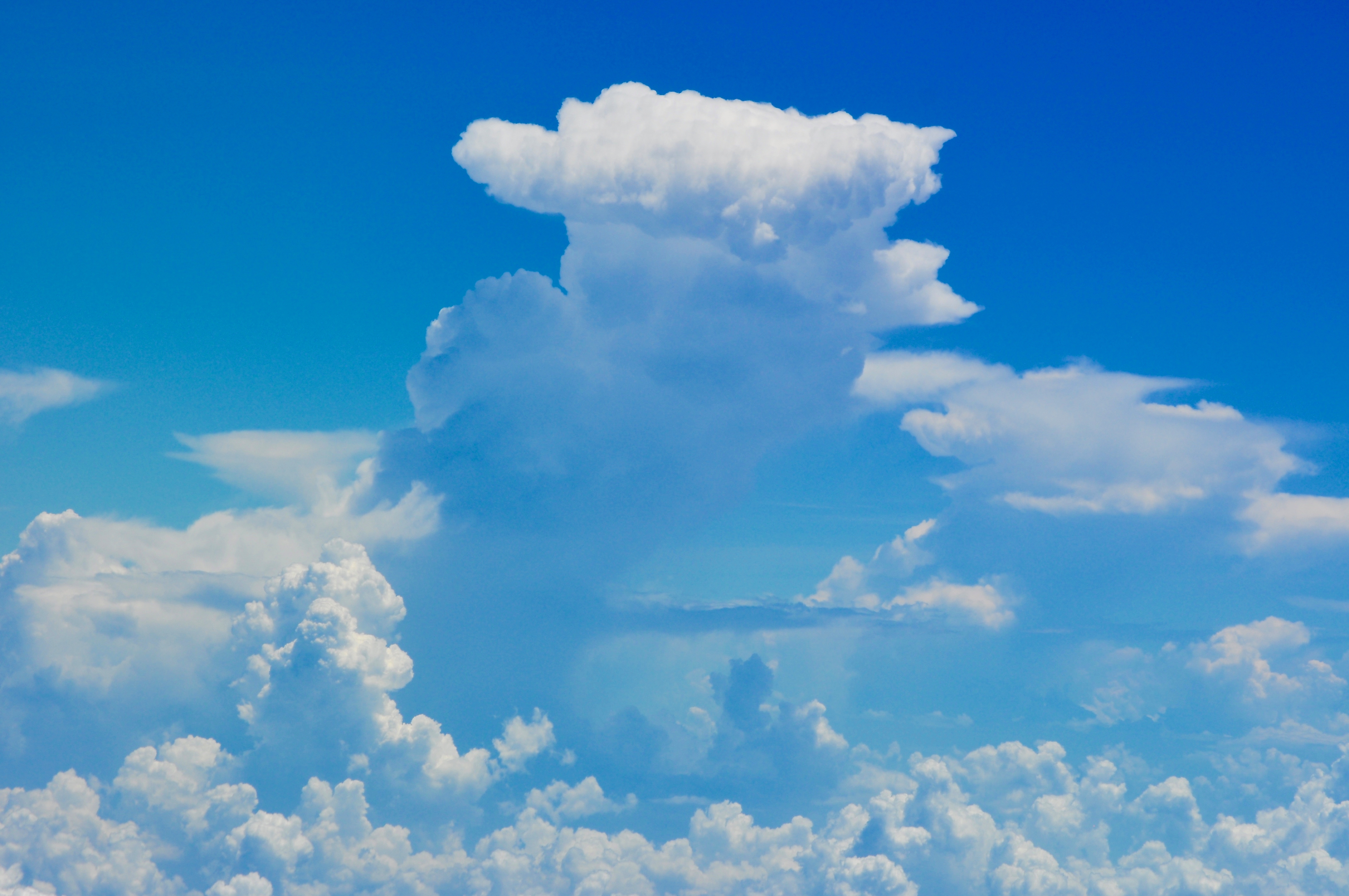News

December 1, 2021
GML's StratoCore will open a new era to study the stratosphere
GML and CIRES scientists are currently redesigning NOAA's balloon-borne AirCore sampler and increasing the number of gases measured from these samples.October 12, 2021
GML is granted funding to investigate COVID impacts on the U.S. non-CO2 greenhouse gas emissions
A new research initiative “Quantifying the impacts of COVID-19 on U.S. national and regional non-CO2 greenhouse gas emissions from atmospheric observations” is granted funding from Climate Program Office’s Atmospheric Chemistry, Carbon Cycle, and Climate (AC4) program and Climate Observations and Monitoring (COM) program.September 9, 2021
First Annual Report Highlights Links Between Air Quality and Climate Change
Two CIRES scientists working in NOAA laboratories contributed to the WMO’s first-ever Air Quality and Climate Bulletin, released on September 3.September 1, 2021
Highlights of GML’s contributions to the 2020 BAMS State of the Climate Report
Scientists from Global Monitoring Laboratory contributed to the Bulletin of American Meteorological Society State of the Climate 2020 report report as editors and authors.August 16, 2021
A new way to measure how Arctic plant communities respond to climate change
Modeling using atmospheric measurements of carbonyl sulfide (COS) was used for quantifying photosynthetic CO2 uptake in the Arctic and Boreal ecosystems.July 20, 2021
NOAA-NASA collaboration to study the impact of convective storms and the North American Summer Monsoon on stratospheric chemistry
Global Monitoring Laboratory and NASA team up in the DCOTSS (Dynamics and Chemistry of the Summer Stratosphere) project to study the convective impact of the North American Monsoon Anticyclone on stratospheric composition and ozone depletion.February 10, 2021
Emissions of a banned ozone-depleting gas are back on the decline
Five years after an unexpected spike in emissions of the banned ozone-depleting chemical chlorofluorocarbon CFC-11, emissions dropped sharply between 2018 and 2019, new analyses of global air measurements show.January 7, 2021
GML Scientists win DOC Gold Medal
GML Scientists were part of a group that won a Department of Commerce Gold Medal Group Award for Scientific / Engineering AchievementMay 29, 2020
Warming influence of greenhouse gases continues to rise, NOAA finds
Record high levels of greenhouse gas pollution continued to increase the heat trapped in the atmosphere in 2019, according to an annual analysis released by NOAA scientists.November 14, 2019
ESRL Scientists Receive Colorado Governor's Award for High-Impact Research
NOAA scientists in the ESRL Global Monitoring and Chemical Sciences Divisions and CIRES at the University of Colorado Boulder receive a 2019 Colorado Governor's Award for High-Impact Research.May 21, 2019
Rising emissions drive Greenhouse Gas Index increase
Record levels of greenhouse gas pollution continued to increase humanity’s impact on the atmosphere’s heat-trapping capacity during 2018, according to a yearly analysis released by NOAA scientists.October 1, 2018
After a 20 Year hiatus, GMD scientists will return to sampling the stratosphere with the NASA ER-2 aircraft
An airborne project with NOAA and CIRES instrument investigators in the Global Monitoring Division was selected for five-year funding starting in 2020 through 2025 from the NASA Earth Venture Suborbital-3 program (EVS-3).August 14, 2018
Stephen Montzka named AGU Fellow
GMD's Stephen Montzka was named an AGU Fellow for the Class of 2018. The American Geophysical Union will honor the Fellows at its fall meeting in Washington, D.C.May 30, 2018
NOAA’s greenhouse gas index up 41 percent since 1990
NOAA’s Annual Greenhouse Gas Index, which tracks the warming influence of long-lived greenhouse gases, has increased by 41 percent from 1990 to 2017, up 1 percent from 2016 -- with most of that attributable to rising carbon dioxide levels.May 2, 2017
Study published on reduced lifetime for a future strong greenhouse gas
NOAA/ESRL scientists and their colleagues at the University of East Anglia, Utrecht University, and NCAR calculated an atmospheric lifetime of the trace gas, sulfur hexafluoride (SF6), based on measurements in the polar stratospheric vortex and modeled transport into the stratosphere.

